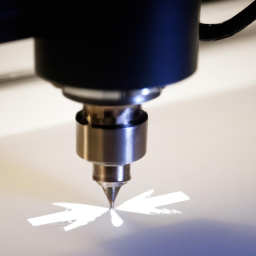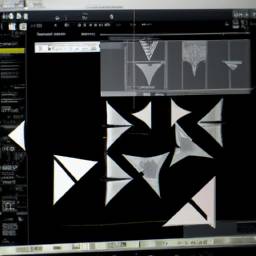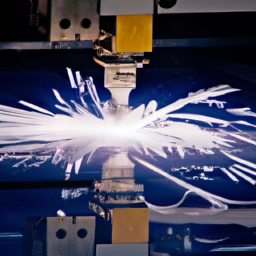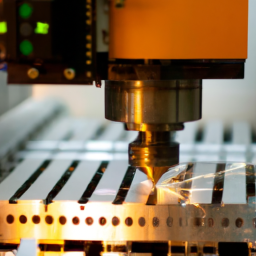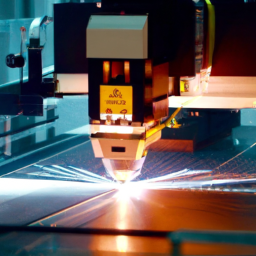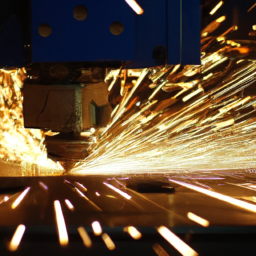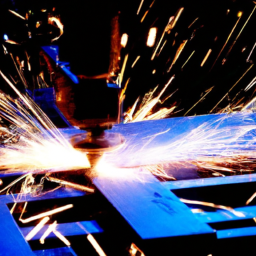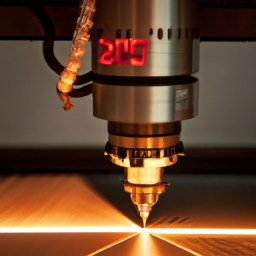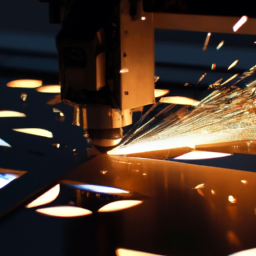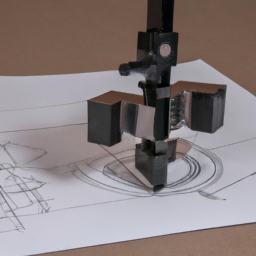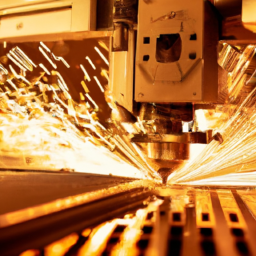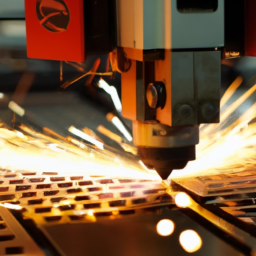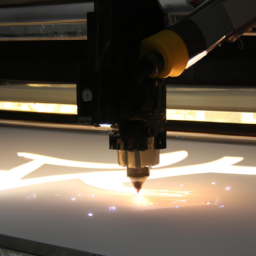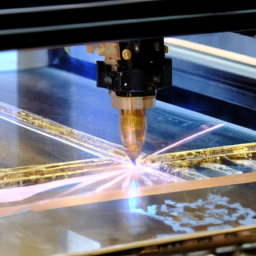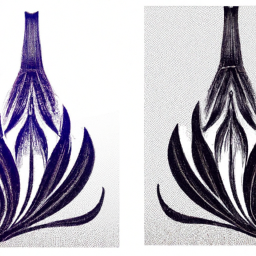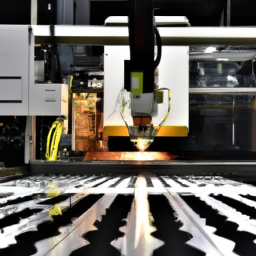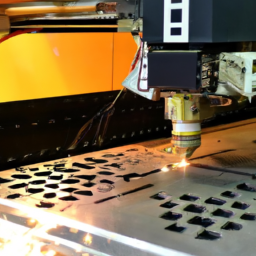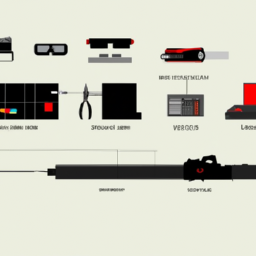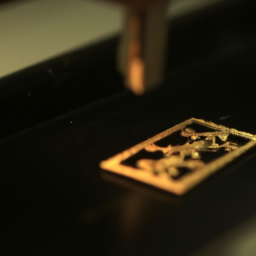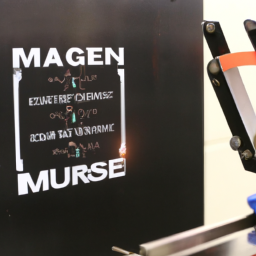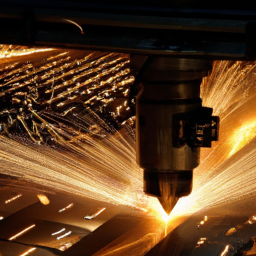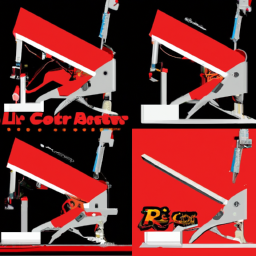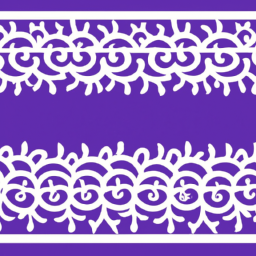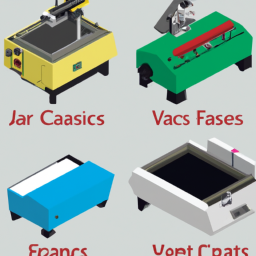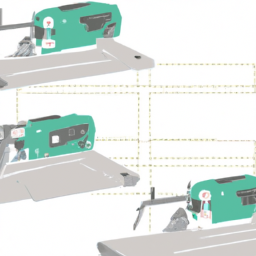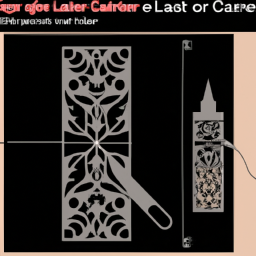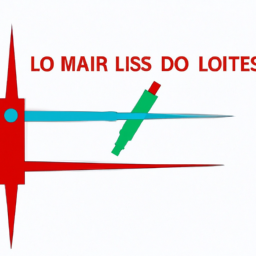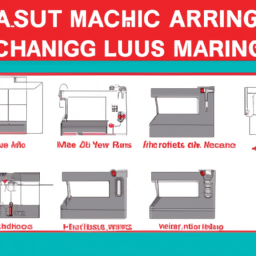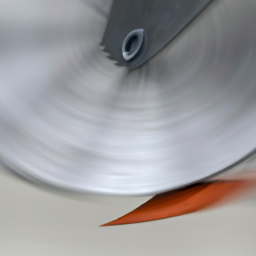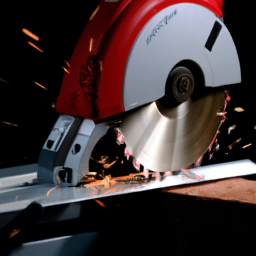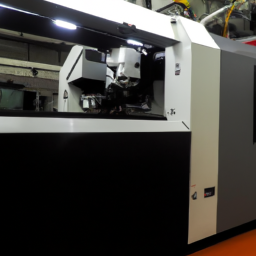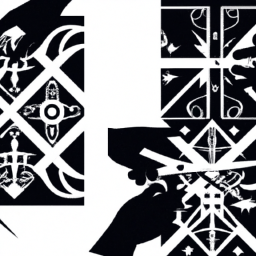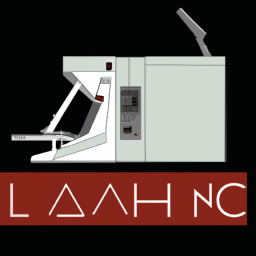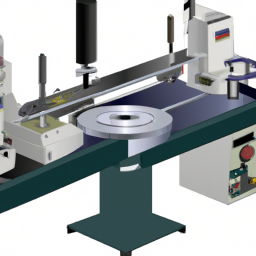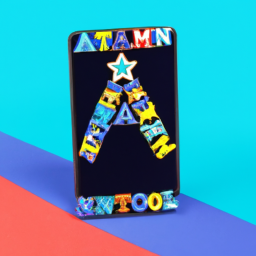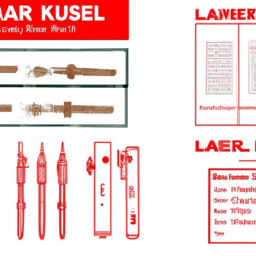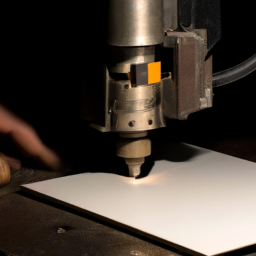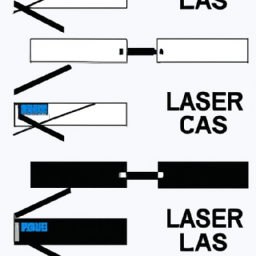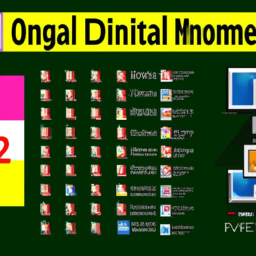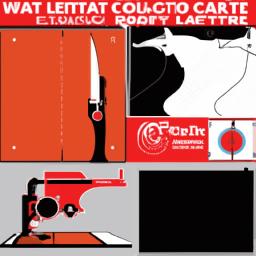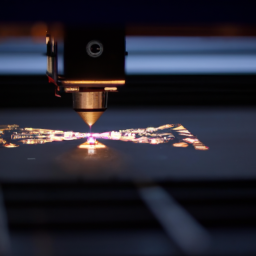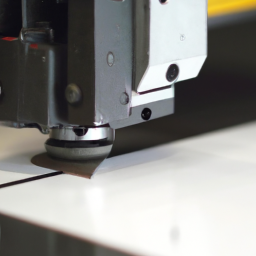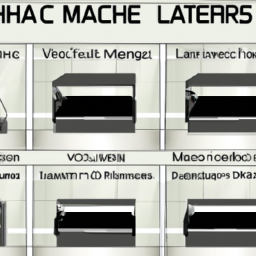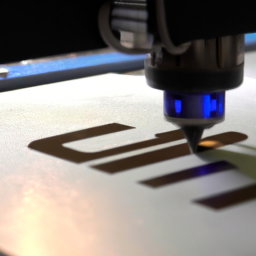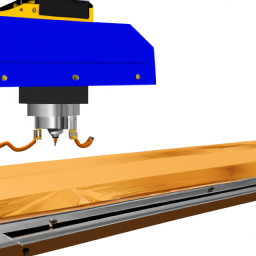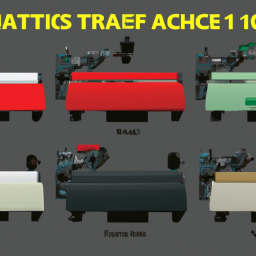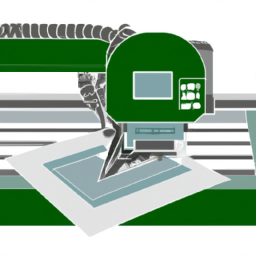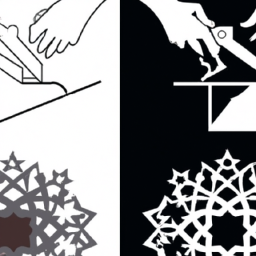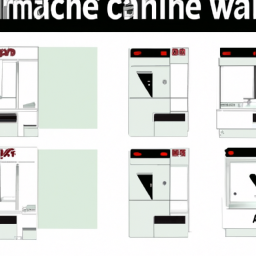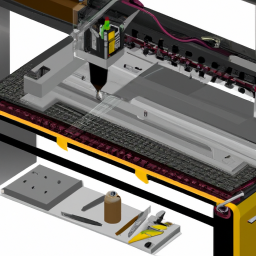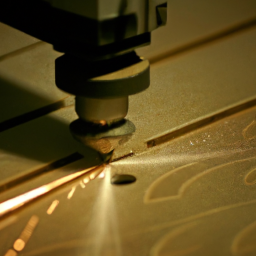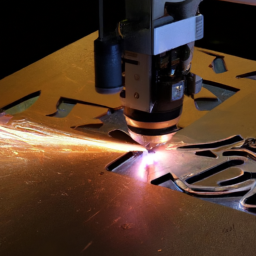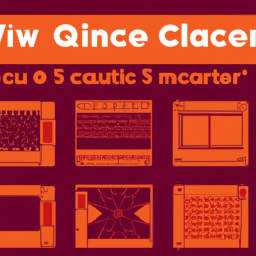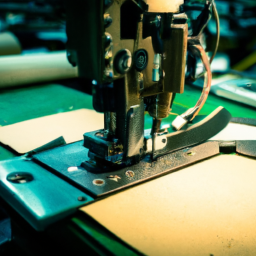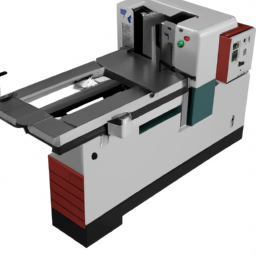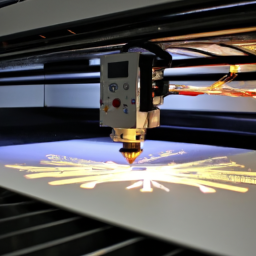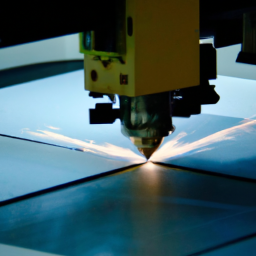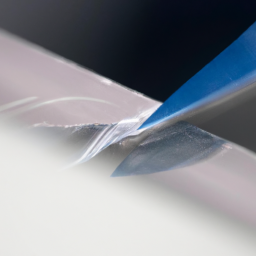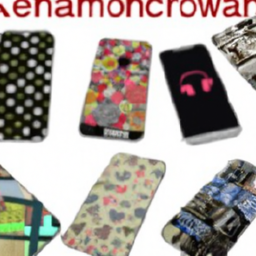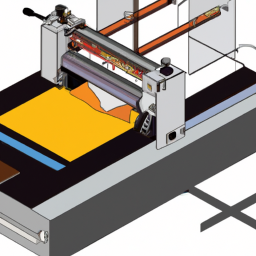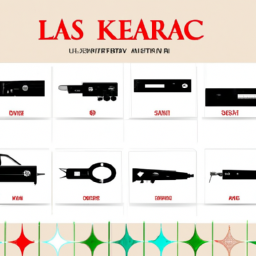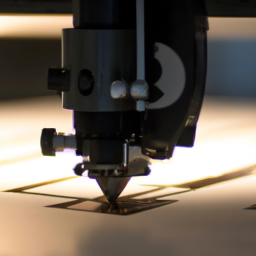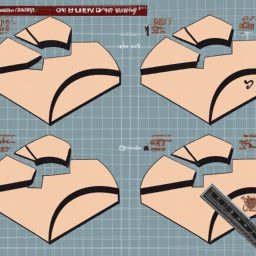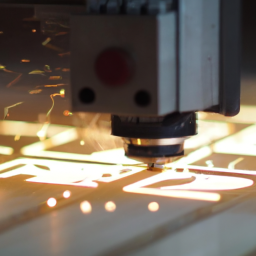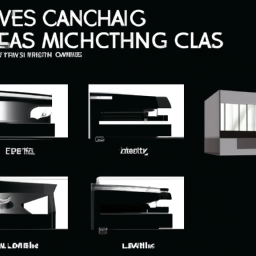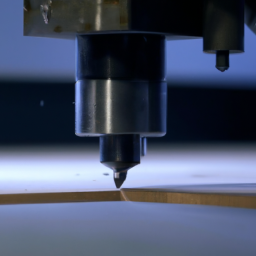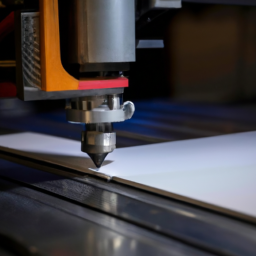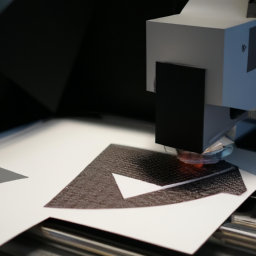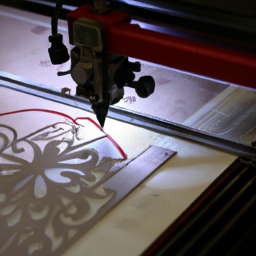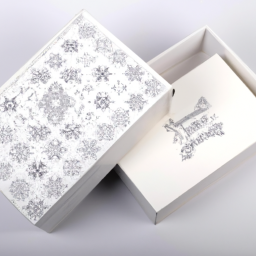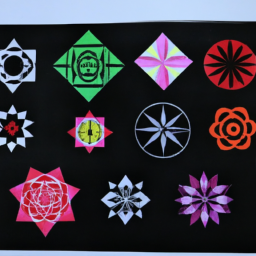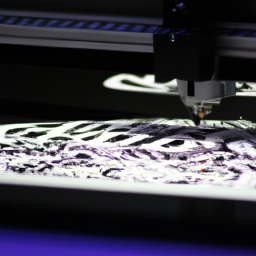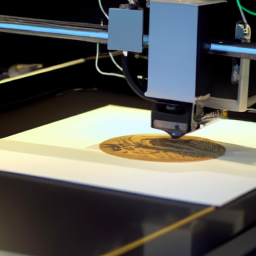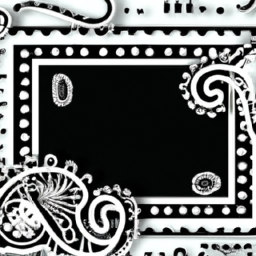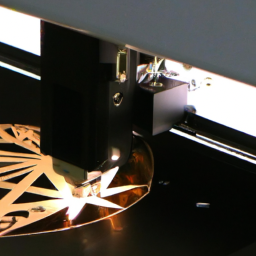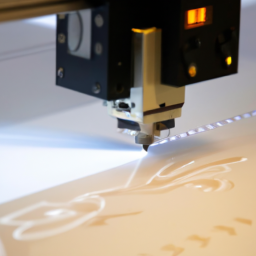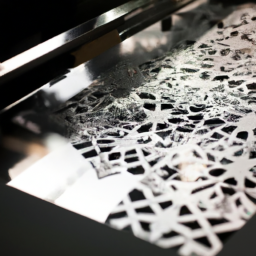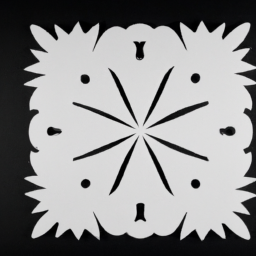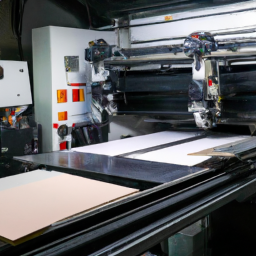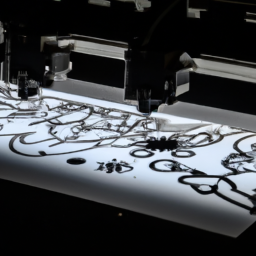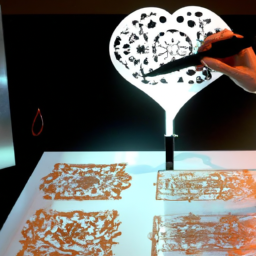Did you know that the global laser cutting market is projected to reach $6.72 billion by 2025? With the rise of advanced manufacturing techniques, the demand for efficient and precise cutting methods has become increasingly significant. If you’re looking to optimize your cutting processes, you may be considering two popular options: additive laser cutting and electric cutting.
In this article, we will analyze and compare the convenience of these two methods, helping you make an informed decision. Using an analytical and technical approach, we will explore the intricacies of additive laser cutting and electric cutting, focusing on factors such as precision, accuracy, cost considerations, and material compatibility. By the end, you will have a comprehensive understanding of both techniques, enabling you to choose the most suitable option for your specific needs.
So, let’s dive in and discover which cutting method is truly more convenient for you.
Key Takeaways
- Additive laser cutting offers efficient and accurate cutting, reducing waste and allowing for intricate designs.
- Electric cutting offers increased precision, speed, and efficiency, making it a popular option in the manufacturing industry.
- Additive laser cutting offers significant cost savings and improved efficiency in operations, with reduced utility costs and material waste.
- Additive laser cutting is more suitable for difficult-to-cut materials like ceramics or composites, while electric cutting is better suited for softer materials like fabrics or foams.
Understanding Additive Laser Cutting
Additive laser cutting, with its ability to precisely remove material layer by layer, offers a more efficient and accurate method of cutting compared to traditional electric cutting. This process allows for intricate designs and complex shapes to be created with ease.
One of the main advantages of additive laser cutting is its ability to reduce waste by only removing the necessary material, resulting in cost savings. Additionally, the laser beam can be controlled with high precision, ensuring clean and precise cuts. However, there are limitations to consider.
Additive laser cutting is generally slower than electric cutting and may not be suitable for high-volume production. Furthermore, the initial setup cost and maintenance of laser cutting machines can be expensive.
Now, let’s explore electric cutting and its features.
Exploring Electric Cutting
Electric cutting technology is a widely used method that utilizes electrically powered tools to cut through various materials. It offers several benefits, such as increased precision, speed, and efficiency compared to other cutting methods. However, there are also drawbacks to electric cutting, including the need for a power source and the potential for overheating.
Common applications of electric cutting include metal fabrication, woodworking, and construction projects.
Overview of Electric Cutting Technology
With the power of a lightning bolt, this cutting technology slices through materials like a hot knife through butter. Advancements in electric cutting technology have revolutionized the manufacturing industry, offering precise and efficient cutting solutions. This technology utilizes electrically charged wires or blades to cut through various materials, such as metals, plastics, and fabrics. Electric cutting machines are equipped with advanced features like computer numerical control (CNC) systems, allowing for automated and accurate cutting operations. The future prospects of electric cutting technology are promising, with ongoing research and development focused on enhancing cutting speed, precision, and versatility. As we delve into the benefits and drawbacks of electric cutting, it becomes evident that this technology has the potential to transform manufacturing processes, improving productivity and reducing waste.
Benefits and Drawbacks
While considering the benefits and drawbacks of electric cutting technology, you’ll discover how it can revolutionize manufacturing processes.
Here are some benefits of additive laser cutting:
- Enhanced precision: Laser cutting allows for high precision cuts, resulting in accurate and clean edges.
- Versatility: Laser cutting can be used on a wide range of materials, including metals, plastics, wood, and ceramics.
- Efficiency: Laser cutting is a fast and efficient process, reducing production time and costs.
- Minimal waste: Laser cutting produces minimal waste material, making it an environmentally friendly option.
On the other hand, there are some drawbacks of electric cutting:
- Limited precision: Electric cutting may not offer the same level of precision as laser cutting, resulting in less accurate cuts.
- Material restrictions: Electric cutting is not suitable for all materials, limiting its versatility.
- Slower speed: Electric cutting can be a slower process compared to laser cutting, potentially increasing production time and costs.
- More waste: Electric cutting may produce more waste material, requiring additional cleanup and disposal efforts.
Transitioning into the subsequent section about common applications, it’s essential to understand the advantages and disadvantages of each technology.
Common Applications
Explore the diverse range of applications where these cutting technologies are utilized and discover how they can transform your manufacturing process. Additive laser cutting and electric cutting have become indispensable tools in various industries due to their versatility and precision. Common applications include aerospace, automotive, and medical industries. In aerospace, both cutting technologies are used to fabricate complex components, such as turbine blades and fuselage structures. The automotive industry benefits from these technologies by using them to cut and shape various parts, including body panels and engine components. In the medical field, these cutting methods are employed to produce intricate surgical instruments and implants. The table below highlights some industry examples:
| Industry | Additive Laser Cutting Applications | Electric Cutting Applications |
|---|---|---|
| Aerospace | Turbine blades, fuselage structures | Aircraft interiors |
| Automotive | Body panels, engine components | Interior trims |
| Medical | Surgical instruments, implants | Prosthetics, orthotics |
These common applications showcase the wide-ranging uses of additive laser cutting and electric cutting technologies. Transitioning to the next section, we will now compare their precision and accuracy.
Comparing Precision and Accuracy
To get straight to the point, you’ll find that additive laser cutting offers greater precision and accuracy compared to electric cutting.
When it comes to precision, additive laser cutting outshines electric cutting due to its ability to produce intricate and highly detailed cuts. While electric cutting may be faster, it often sacrifices precision for speed.
Additionally, additive laser cutting offers superior accuracy compared to electric cutting in terms of repeatability. The laser technology ensures consistent and precise cuts, even when repeated multiple times.
Now that we’ve established the advantages of additive laser cutting in terms of precision and accuracy, let’s move on to the next section and discuss the cost considerations involved in choosing between these two methods.
Cost Considerations
When considering the cost of laser cutting technologies, there are three key points to take into account:
-
Initial investment and equipment costs, as well as any additional tools or materials needed.
-
Operational costs and efficiency of the laser cutting system, such as energy consumption and maintenance requirements.
-
Long-term cost savings that can be achieved through increased productivity and reduced material waste.
You should consider the upfront expenses associated with purchasing the necessary equipment. It is also important to evaluate the operational costs and efficiency of the laser cutting system, including energy consumption and maintenance requirements. Lastly, analyzing the long-term cost savings that can be achieved through increased productivity and reduced material waste is crucial in determining the overall cost effectiveness of laser cutting.
Initial Investment and Equipment Costs
Opting for additive laser cutting over electric cutting may seem expensive at first, but the long-term benefits and cutting-edge technology make it a worthwhile investment. When considering the initial investment and equipment costs, additive laser cutting may require a higher upfront investment compared to electric cutting. This is primarily due to the advanced machinery and specialized equipment required for laser cutting. However, the precision, speed, and versatility of additive laser cutting can lead to significant cost savings in the long run. Additionally, the ability to work with a wider range of materials and create intricate designs gives additive laser cutting a competitive edge. By investing in this technology, you can enhance your production capabilities and stay ahead in the industry. Moving on to the next section about operational costs and efficiency, you will see how additive laser cutting continues to offer advantages beyond the initial investment.
Operational Costs and Efficiency
Investing in additive laser cutting technology can lead to significant cost savings and improved efficiency in your operations. When comparing operational costs, additive laser cutting has several advantages over electric cutting.
-
Lower energy consumption: Additive laser cutting uses less energy compared to electric cutting, resulting in reduced utility costs.
-
Reduced material waste: Additive laser cutting is a precise process that minimizes material waste, saving you money on raw materials.
-
Faster processing time: The high speed and accuracy of additive laser cutting allows for faster production, increasing overall efficiency.
-
Minimal maintenance requirements: Additive laser cutting systems require less maintenance, reducing downtime and associated costs.
-
Versatility: Additive laser cutting can handle a wide range of materials and thicknesses, providing flexibility in your operations.
By adopting additive laser cutting technology, you can improve operational efficiency while minimizing costs.
This sets the stage for discussing the long-term cost savings associated with this innovative cutting method.
Long-term Cost Savings
One major advantage of additive laser cutting technology is the long-term cost savings it offers. For example, a manufacturing company that implemented this technology saw a 30% reduction in operational costs within the first year. This significant cost reduction can be attributed to the efficiency and precision of additive laser cutting, which minimizes material waste and reduces the need for manual labor.
Additionally, the cost analysis of additive laser cutting indicates that the initial investment in the technology can be recouped over time through decreased operational expenses. The long-term benefits of cost savings make additive laser cutting a more convenient option for manufacturing companies looking to optimize their production processes.
Moving on to material compatibility, another important aspect to consider is how well the technology can handle different types of materials.
Material Compatibility
When considering material compatibility for additive laser cutting, it’s important to focus on materials that can withstand the high temperatures and intense heat generated during the cutting process. Materials such as metals, plastics, and ceramics are suitable for additive laser cutting due to their ability to handle these conditions.
On the other hand, electric cutting is more versatile and can be used on a wider range of materials, including wood, foam, and fabric. However, when dealing with unique materials, it’s crucial to consider their composition, density, and potential reaction to heat in order to determine the most suitable cutting method.
Suitable Materials for Additive Laser Cutting
To find suitable materials for additive laser cutting, you should consider the thickness and composition of the materials. The thickness of the material affects the cutting speed and quality, as thinner materials tend to be cut faster and with higher precision. Additionally, the composition of the material plays a crucial role in determining its suitability for additive laser cutting. Materials that are highly reflective, such as aluminum or copper, may not be ideal for this process as they can reflect the laser beam and cause damage to the machine or result in poor cutting quality. On the other hand, materials like steel, acrylic, and wood are commonly used in additive laser cutting due to their compatibility and ease of cutting. These materials offer a good balance between cutting speed and quality, making them suitable for additive laser cutting applications.
Moving on to the subsequent section about suitable materials for electric cutting…
Suitable Materials for Electric Cutting
Consider using electric cutting for materials such as fabric or paper, where the smooth and precise cuts will leave you feeling satisfied with the professional-looking results. Electric cutting is particularly suitable for these unique materials due to its versatility and material compatibility.
Unlike additive laser cutting, electric cutting does not generate high temperatures that could potentially damage or warp delicate fabrics or papers. Additionally, electric cutting allows for intricate and detailed designs, making it ideal for projects that require precision. Furthermore, electric cutting machines are equipped with various cutting blades and tools that can easily handle different types of materials, ensuring optimal results.
Moving forward to considerations for unique materials, it is important to explore the specific needs and requirements of each material to determine the most appropriate cutting method.
Considerations for Unique Materials
Let’s dive into the world of unique materials and explore the factors to keep in mind when considering them for laser cutting. When working with unconventional materials, there are several unique material considerations and challenges that need to be taken into account. These materials may have different properties, such as high heat resistance or brittleness, which can affect the cutting process. Additionally, the composition and structure of these materials may vary significantly, making it essential to adjust the laser cutting parameters accordingly. It is crucial to thoroughly understand the characteristics of the specific material and conduct tests to determine the optimal cutting settings. By addressing these unique material considerations, you can overcome challenges and ensure successful laser cutting. Now, let’s move on to making the right choice for your cutting needs.
| Unique Material Considerations | Challenges with Unconventional Materials | |||
|---|---|---|---|---|
| High heat resistance | Adjusting cutting parameters | |||
| Brittleness | Conducting thorough tests | |||
| Varying composition and structure | Understanding material characteristics | Poor electrical conductivity | Finding alternative materials with better conductivity | |
| Low corrosion resistance | Applying protective coatings or using corrosion-resistant materials | |||
| Limited mechanical strength | Reinforcing the material with fibers or additives | |||
| Difficulty in machining or shaping | Utilizing specialized machining techniques or tools | |||
| Susceptibility to environmental degradation | Implementing proper storage and handling methods | |||
| Limited availability or high cost | Exploring alternative suppliers or sourcing methods | |||
| Potential health or safety hazards | Implementing proper safety protocols and precautions | |||
| Limited lifespan or durability | Regular maintenance and inspection to identify potential issues | |||
| Environmental impact | Exploring eco-friendly or sustainable alternatives |
Making the Right Choice
When it comes to making the right choice between additive laser cutting and electric cutting, it’s like comparing apples and oranges – both have their own unique advantages and it ultimately depends on your specific needs and preferences.
To make the right decision, there are several factors to consider. First and foremost, the material you are working with plays a crucial role. Additive laser cutting is more suitable for materials that are difficult to cut with traditional methods, such as ceramics or composites. On the other hand, electric cutting is better suited for softer materials like fabrics or foams.
Another factor to consider is the precision required for your project. Additive laser cutting offers high precision and intricate designs, while electric cutting provides a faster cutting speed but with slightly less precision.
Ultimately, the right choice depends on the specific requirements of your project.
Frequently Asked Questions
What are the advantages and disadvantages of using additive laser cutting over electric cutting?
Additive laser cutting has several advantages over electric cutting. One advantage is that it allows for greater precision and accuracy in cutting materials. Additionally, additive laser cutting produces cleaner edges, reducing the need for further processing.
However, there are also disadvantages to consider. Additive laser cutting can be more expensive than electric cutting, and it may not be suitable for all materials. It also requires specialized equipment and training, which can be a barrier for some businesses.
Can both additive laser cutting and electric cutting be used for all types of materials?
Both additive laser cutting and electric cutting cannot be used for all types of materials. Material compatibility is an essential factor to consider when choosing a cutting method.
Additive laser cutting works best with materials such as metals, plastics, and ceramics. On the other hand, electric cutting is more suitable for materials like wood and fabric.
Limitations and considerations, such as heat sensitivity and conductivity, should also be taken into account when deciding between the two methods.
Are there any safety concerns or precautions to keep in mind when using additive laser cutting or electric cutting?
When using additive laser cutting or electric cutting, there are several safety concerns and precautions to keep in mind. Safety concerns include potential eye damage from laser radiation and the risk of electric shock when using electric cutting tools. Precautions should be taken to wear appropriate protective gear such as safety goggles and gloves, and to ensure proper grounding of electric cutting equipment.
Comparing the two methods, safety precautions are equally important for both, regardless of their convenience.
How does the level of precision and accuracy differ between additive laser cutting and electric cutting?
When comparing the level of precision and accuracy between additive laser cutting and electric cutting, it’s important to consider their technical capabilities.
Additive laser cutting, with its laser beam technology, offers a higher level of precision and accuracy compared to electric cutting. The laser beam allows for finer cuts and intricate designs, resulting in more precise and accurate outcomes.
This aspect, coupled with the convenience of additive laser cutting, makes it a preferred choice for many applications.
Are there any specific industries or applications where one method of cutting is more commonly used over the other?
In specific industries such as aerospace, automotive, and medical, additive laser cutting is commonly used due to its high precision and ability to cut complex shapes. It finds applications in the production of engine components, surgical instruments, and customized prototypes.
On the other hand, electric cutting is frequently employed in industries like construction, metal fabrication, and electronics for applications such as straight cuts, hole punching, and wire stripping.
Conclusion
In conclusion, when deciding between additive laser cutting and electric cutting, it’s crucial to consider your specific needs and priorities.
Additive laser cutting offers precise and accurate results, making it ideal for intricate designs and complex shapes.
On the other hand, electric cutting provides cost-effective solutions and compatibility with a wide range of materials.
By carefully weighing the advantages and disadvantages of each method, you can make an informed decision and choose the option that best suits your requirements.












